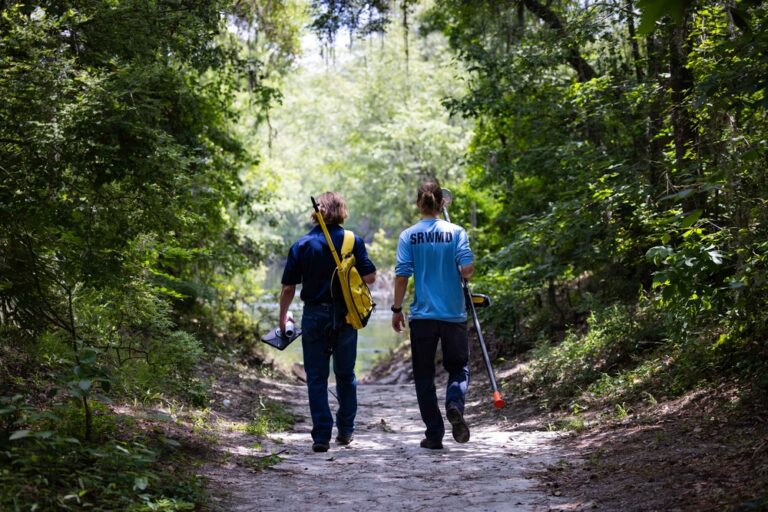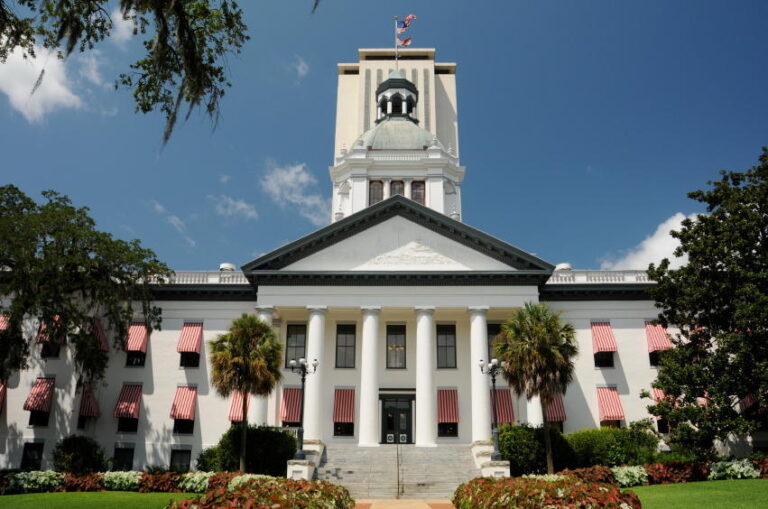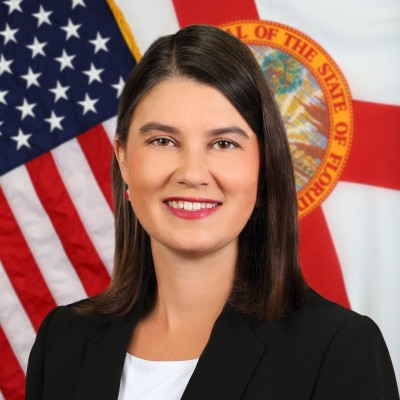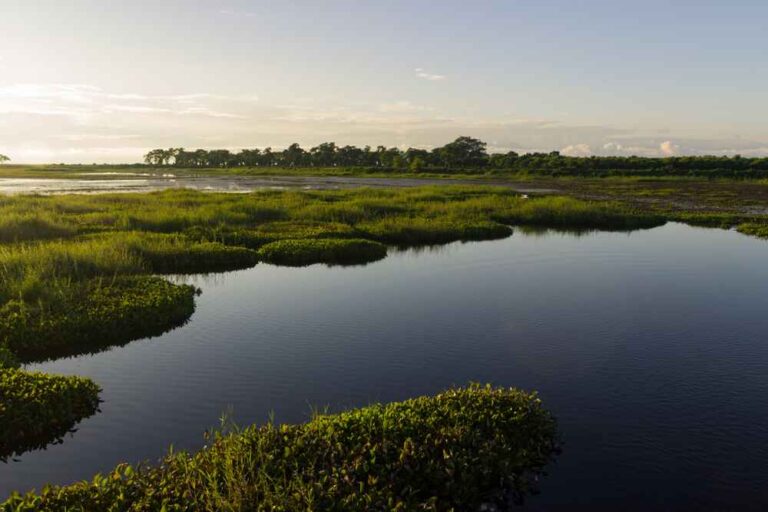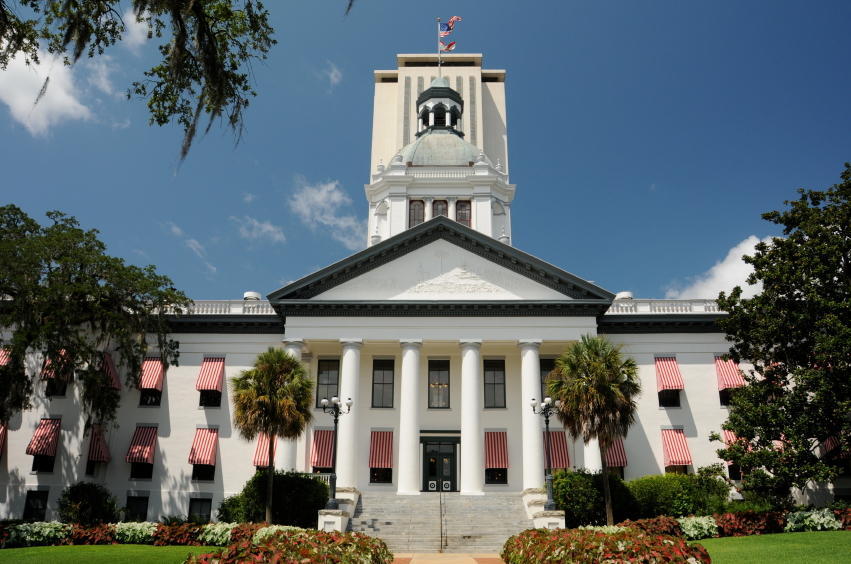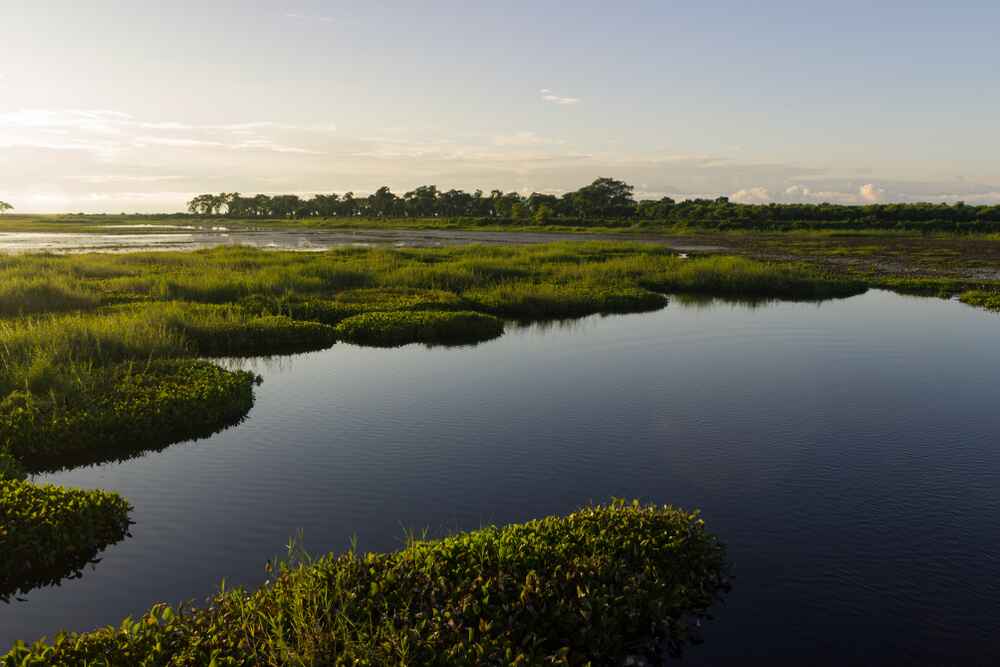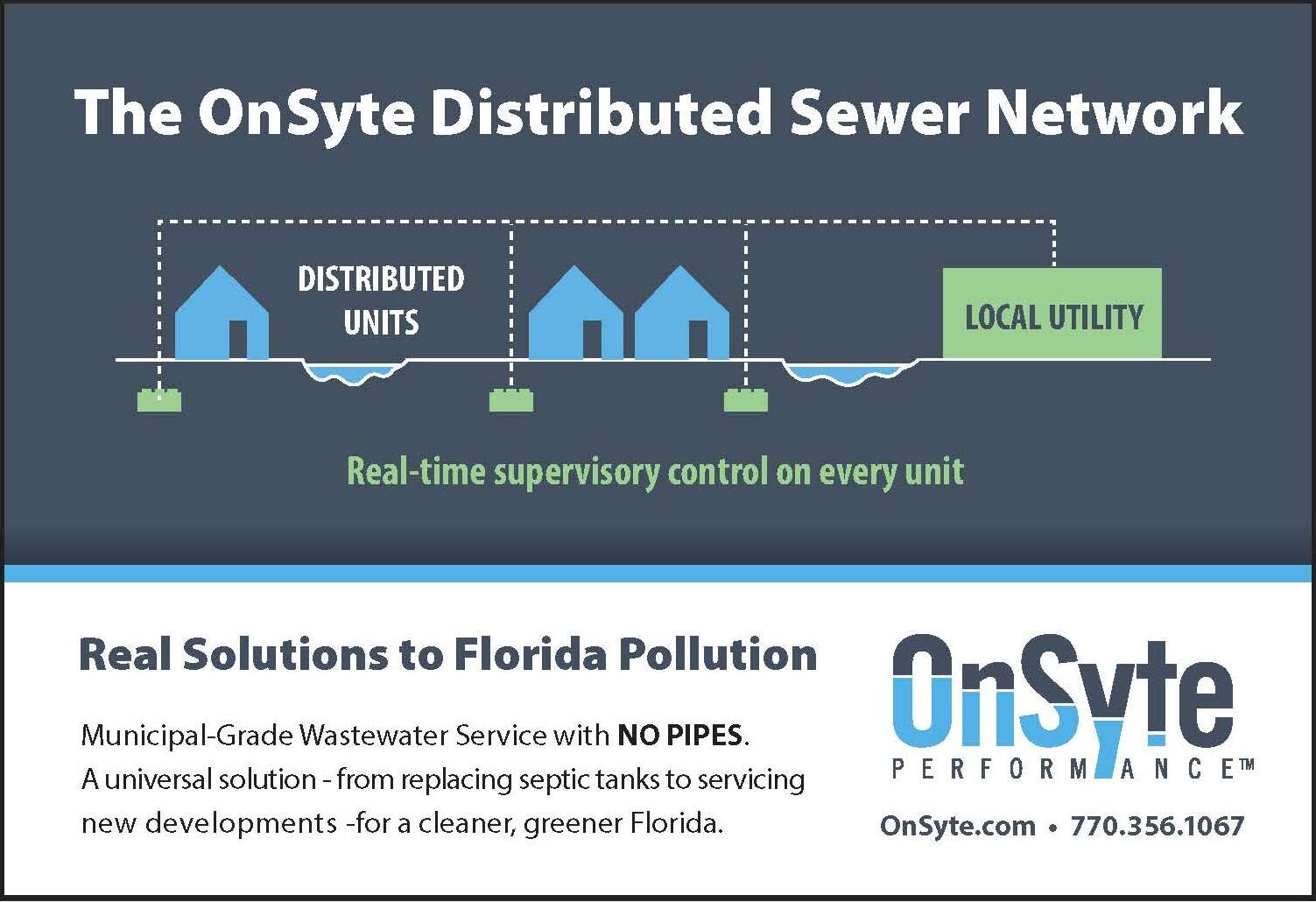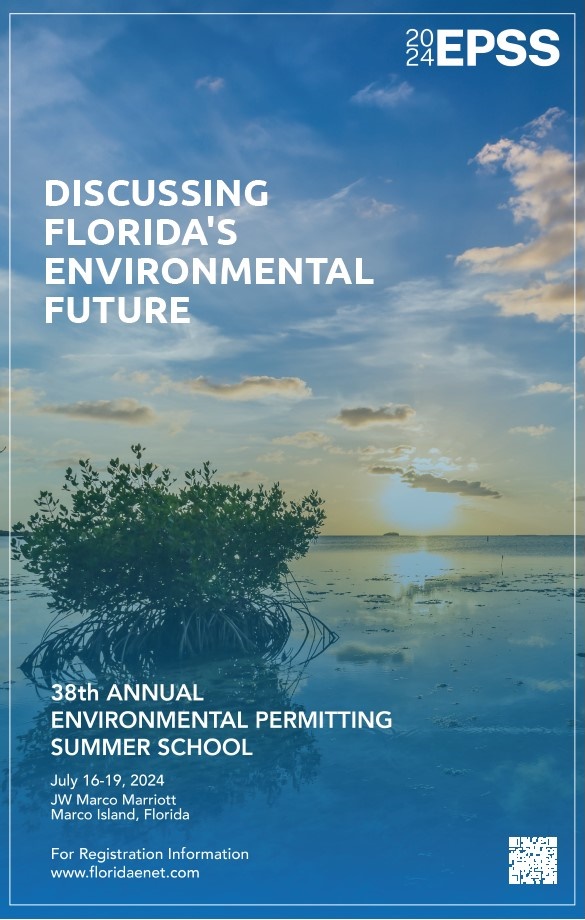By SAMANTHA EPSTEIN
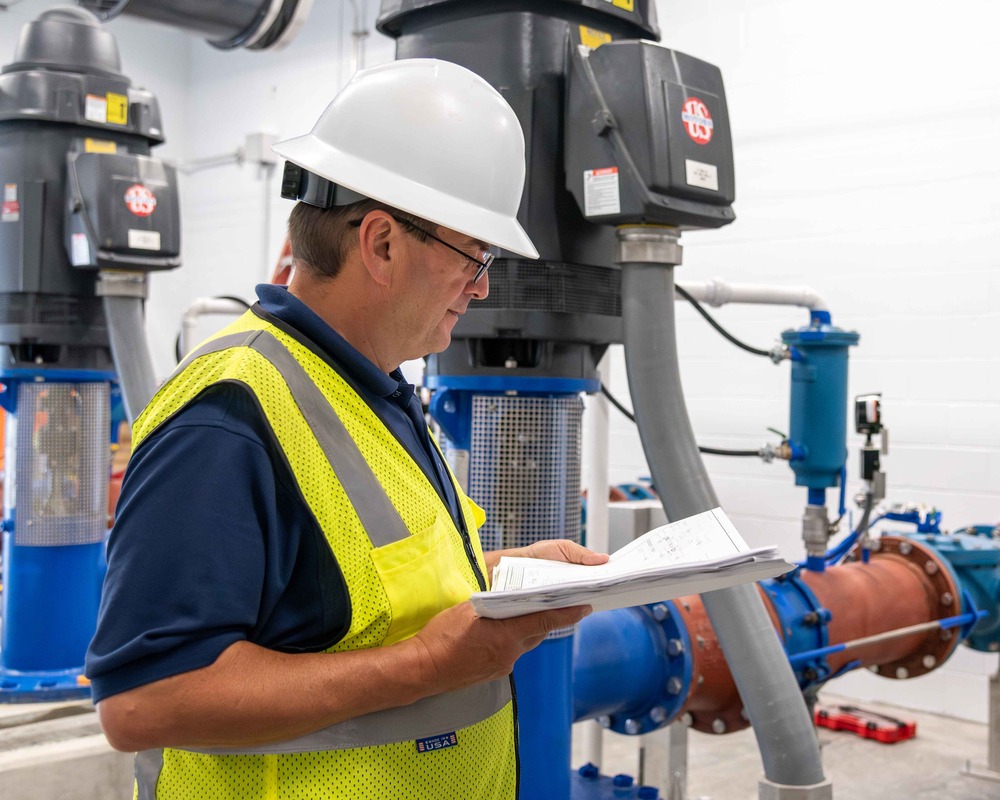
Beneath Florida’s sandy ridges and sprawling wetlands, water slowly filters through porous limestone, collecting in the vast underground reservoir known as the Floridan Aquifer. For centuries, this underground lifeline has sustained Florida’s people, wildlife and landscapes. From the indigenous Timucua to today’s growing communities, the aquifer has remained a steady provider of water, nourishing the land and supporting the way of life that makes Florida unique.
But just as the state’s history is intertwined with its waters, so is its future. With a rising population and evolving water needs, careful stewardship is essential to maintaining balance between use and replenishment. The St. Johns River Water Management District (District) is committed to ensuring a sustainable water supply through innovative projects and conservation efforts — securing the resource for generations to come.
Florida receives an average of 54 inches of rainfall a year, yet much of it is lost through runoff and evapotranspiration before it can help replenish the aquifer. Past urban development has increased runoff and reduced natural infiltration. Meanwhile, some water bodies experience seasonal overflows, sending excess rainwater into the St. Johns River or Atlantic Ocean instead of recharging underground reserves. This delicate hydrologic puzzle requires forward-thinking solutions to restore balance.
In Northeast Florida, Keystone Heights knows firsthand the importance of water sustainability. The area’s cherished lakes —Brooklyn and Geneva— have long been gathering spots, central to many outdoor traditions. From fishing trips to paddling adventures, the lakes have been a backdrop for stories, celebrations and quiet moments alike. But these treasured experiences, and the way of life they support, are increasingly at risk, as lake water levels have declined.
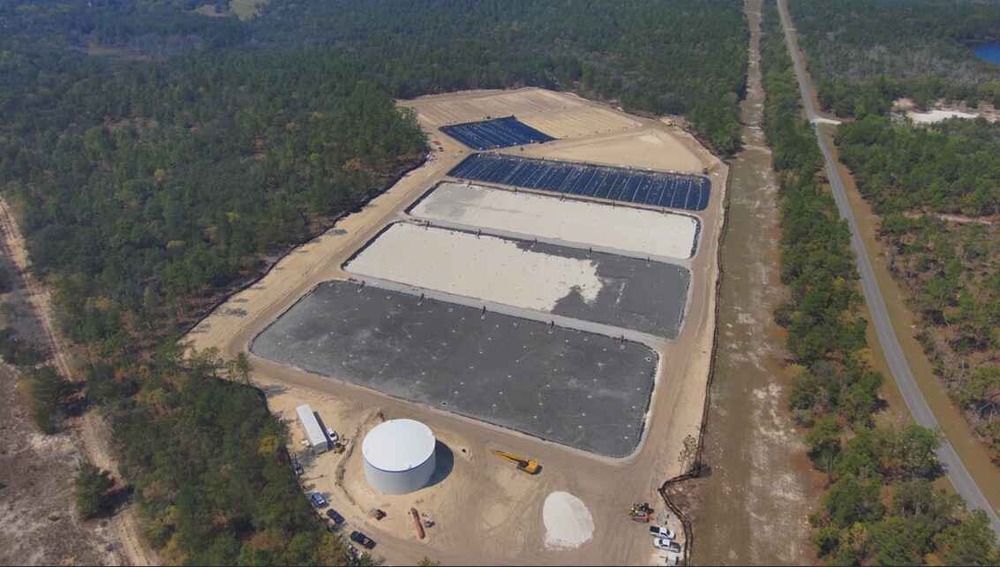
“I grew up here and remember when our lakes were full,” said former Keystone Heights Mayor Tony Brown. “When the water was high, there was fishing, water sports and family time — not just on the weekends, but every day. In more recent years, I’ve seen our lakes dry up like deserts, killing the fish and other wildlife that depend on them. This hasn’t just impacted our environment — it has hurt our local economy, too.”
Recognizing the need to support both the aquifer and these lakes, the District, along with their partners, launched the Black Creek Water Resource Development Project. Once fully operational, the project will capture up to 10 million gallons of excess water per day from Middleburg’s Black Creek. This water will be treated and redirected into Alligator Creek, a small, natural waterway leading to Lake Brooklyn. As this flow enters into Lake Brooklyn, water will gradually seep to the lakebed, replenishing the aquifer and benefiting area lakes.
“Lakes Brooklyn and Geneva are more than just local landmarks — they’re part of one of two major recharge areas for the Floridan Aquifer, which supplies drinking water to millions of Floridians,” said Vivian Katz, president of the Save Our Lakes Organization. “While our community has borne the burden of declining lake levels, the greater cost will come if the aquifer gets too low. The Black Creek project is a vital first step toward protecting Florida’s water future.”
As the remaining cement is poured and the last pipe laid, construction on the Black Creek project is expected to finish by summer. With the support of the legislature and Florida Department of Environmental Protection, the District, Clay County Utility Authority, Gainesville Regional Utilities, St. Johns County Utilities and JEA joined forces — not just as agencies, but as stewards of Florida’s future — to put this plan into action. Their collaboration is a testament to the sustainability of this project.
“The Black Creek project is the product of more than a decade of public dialogue, planning and partnership,” said Bob Naleway, chief of the District’s Bureau of Projects and Construction. “Since 2013, stakeholders, including utilities, agencies, environmental advocates and local communities, have come together with a shared vision for protecting water resources in Keystone Heights and beyond. This kind of collaboration isn’t just valuable, it’s essential for solving complex environmental challenges and creating long-term benefits for the region.”
For residents, the Black Creek project represents a commitment to Florida’s future. As lake and aquifer levels rise, so too will the pastimes that define life in Keystone Heights. Beyond recreation, the project will provide economic benefits — supporting agriculture, strengthening businesses, and enhancing property values. The Black Creek Water Resource Development Project is more than infrastructure; it’s an investment in Florida’s natural legacy and a promise to protect its waters.
Samantha Epstein is Regional Media and Communications Coordinator for the St. Johns River Water Management District


